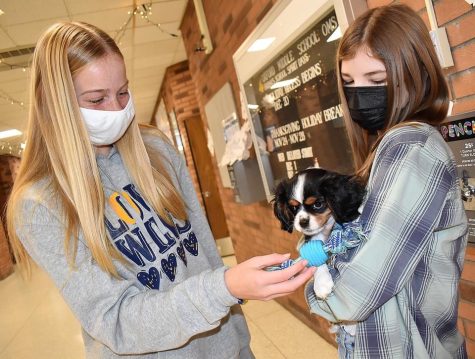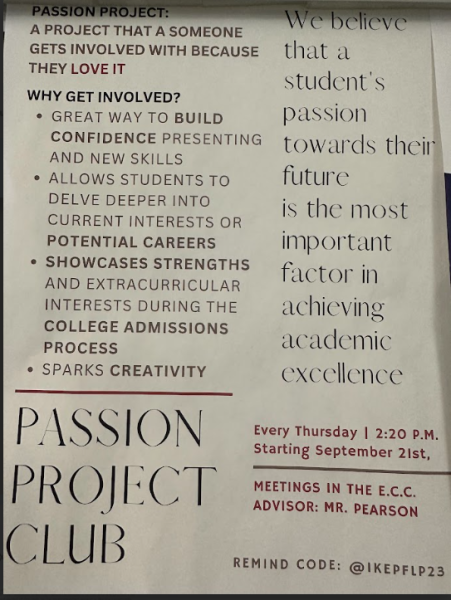Mental health impacts students
Strain bombards their heads. They feel trapped and don’t know where to go or what to do. Things that brought joy now seem mundane and boring.
“Some people are at different places in their life, but it’s really important for other students to know they’re not alone because a lot of times, students who are diagnosed with any sort of mental illness feel like they’re the only ones,” health teacher Mary Milke said.
Daily verse situational stress
Teens around the world go through these troubling situations, whether it’s daily stress or mental health issues. As a result, knowing the differences between stress and larger mental health issues may turn out to be the difference between life and death.
Daily and situational stress includes: sitting in traffic, school exams, homework and chores. Mental health entails long-term and more serious issues dealing with a serious chronic illness or a traumatic event, according to psychologist Janet McPeek.
Who to talk to
Students go through trouble when finding out who the best person is to go to for help without fear of rejection or biases, according to NIAMI. Some options available for help include: school counselors, trusted adults, suicide hotlines, professional therapists, psychologists or doctors as well.
“Find somebody you trust,” Principal Jared McEvoy said. “We always hope that students in the building, either have a friend that they can confide in or preferably an adult in the building that every student would feel comfortable going to.”
Talking to friends is also an option and a step in the right direction; however, mental health issues go beyond telling a peer how you feel.
“You’re friends aren’t trained to handle these things and although it’s good to talk to a friend, you want to confide in some adults who are going to be able to get you the resources you need because sometimes talking about it just isn’t enough. Therapy might be needed or medication might be needed, as well,” Milke said.
Statistics
Of those with common mental health issues, around 36.2 percent of them reported they received professional help and the number of people who use professional help significantly increased in recent years, according to the Mental Health Foundation.
“It’s helped me a lot to deal with my problems and talk things through. It makes me feel more relieved,” senior Emily Unsen said. “[I was] able to express how I feel without being judged because it’s a non‐biased opinion.”
Overall, students with mental health need to feel comfortable finding help with someone they trust.
“I realized two cases of abuse, and three suicide preventions,” Milke said. “So this class [Health] is saving lives.”
Across the United States, the second leading cause of death is suicide for people between the ages of 10 and 34. Overall, it is the tenth leading cause of death in the U.S. and increased by 31 percent since 2001. Of those who died, 90 percent showed multiple symptoms of mental health issues, according to the National Alliance on Mental Illness.
“If [students are] struggling with anxiety or depression or just with something that popped up in life right you always have to have somebody.” McEvoy said. “The hope would be that everyone has somebody they feel comfortable going to.”
Your donation will support the student journalists of Eisenhower High School. Your contribution will allow us to purchase equipment and cover our annual website hosting costs.




![Dance the night away. After winning first place for both the jazz and pom category, junior Aubrey Bowen celebrates her win with the junior varsity team. “She [Bowen] loves the team, and involves herself in lots of team bonding events,” Bowen’s Mom, Mellisa Mulville-Bowen said. Occasionally, Bowen hosted the teams bonding events and offered anything possible for her teams success.](https://ikenews.com/wp-content/uploads/2023/11/IMG_8502-450x600.jpg)









